Director Karim Aïnouz and producer Gabrielle Tana tell Screen about their collaboration on Tudor-era royal drama — and Competition title — Firebrand
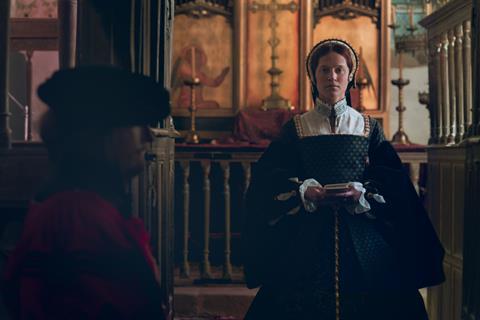
Brazilian director Karim Aïnouz speaks excellent English, but in 2021 he had not heard the word “firebrand”. “It took me a while to understand what it meant, but at some point it made so much sense,” says the filmmaker of the title for his Cannes Competition entry.
UK producer Gabrielle Tana had optioned Elizabeth Fremantle’s book Queen’s Gambit in 2012 pre-publication, but was looking for a new title after the hit 2020 Netflix series used that name. Firebrand fitted the bill. “It touches on this question of female legacy, which is not about hard power, but soft power,” says Aïnouz. “As a non-native speaker, I felt it was a sexy word.”
The film tells the story of Katherine Parr, the last of Henry VIII’s six wives, whose place as queen regent comes under threat when she is suspected of associating with accused heretic Anne Askew. “I was really afraid making an English-language film of that scale,” says Aïnouz. “I like dialogue, but I prefer choreography and presence. One of my biggest worries was whether I would be able to do that in this context.”
He had the steady hand of Tana, a veteran of period films such as The Duchess and The Invisible Woman, to guide him. The duo are now at “the beginning of an ongoing, productive relationship”, says Tana, with a Brazilian film shooting in the country this summer as one of several projects.
Fresh take
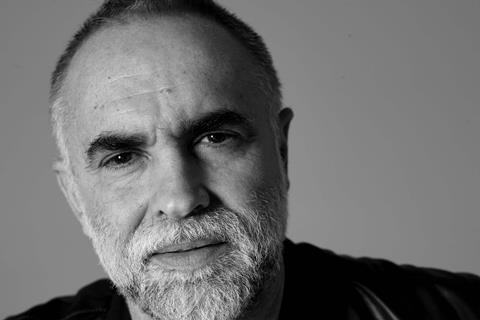
After Michelle Williams dropped out of the role of Parr in 2022 due to her pregnancy, Aïnouz turned to Swedish actress Alicia Vikander, in part because of her own foreign perspective on the British story. “There’s this quiet resilience about her, which is very cinematic,” says Aïnouz. “It’s the trademark of actresses like Kim Novak and old Hollywood movies. You never know what she is thinking and plotting.”
The film shot for two months in spring 2022, exclusively in Haddon Hall in Derbyshire, UK, with the location becoming a “home” for the entire crew, says Tana. “It became part of the story in a very organic way — that penetrates everything.”
Women filled most key production roles, including producers Tana and Carolyn Marks Blackwood, writers Jessica and Henrietta Ashworth, cinematographer Hélène Louvart, casting director Nina Gold and production designer Helen Scott. “There’s an energy, there’s a generosity,” says Tana of the contrast this creates. “I don’t want to make differences between people,” she adds. “These are women who are great artists who have worked very hard for many years to get where they’re at.”
Prime Video is looking to acquire the UK-Ireland rights from STX International, with negotiations ongoing at the time of writing. STX had held rights for the territory prior to the company’s acquisition during Firebrand’s production last year. Further deals in place include Sony Pictures Classics for several countries including Germany and all of Asia (excluding Japan), and ARP for France, with North America under discussion.
Jude Law plays the corpulent, ailing Henry VIII. No fat suit was used, with a single prosthetic for the king’s rotting leg. To learn Henry’s ungainly limp, Law walked around set wearing weights to affect his own gait, the trick was so effective that the actor suffered back problems. During filming he would only appear on set in costume. “To walk on set and not see Jude, but just Henry — it was visceral,” says Aïnouz. “It’s the gestures — you walked into his trailer, and he was playing the virginal [a 16th-century string instrument].”
The film’s premiere comes 15 days after the coronation of the UK’s King Charles III, the fanfare and fanaticism around which Aïnouz and Tana describe as “puzzling”. “It seems very anachronistic,” says Aïnouz, who “can’t have a reverence for it” but who finds it “fascinating as a piece of theatre, the faith and the bloodline”.
“Just from a production standpoint, it was very impressive to see how brilliantly the festivities were carried out,” adds Tana, who noted a chance similarity between Firebrand’s protagonist and the new Queen Camilla — “the ‘other woman’ who was married, divorced, then became the queen. It’s fascinating how you see history repeat itself.”
Having known little of the Tudor age before Tana approached him with the project, Aïnouz attended lectures on the period to ensure historical accuracy. Another exactness was more important to the director, though. “The first important thing for me was emotional accuracy,” says Aïnouz. “We have the same heart in 1500 as we do now… we fall in love. There’s a continuity there.”

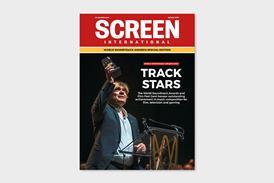





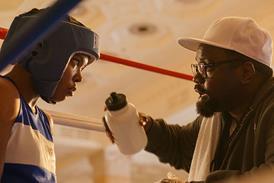


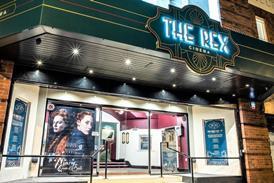

![box office 13 Clockwise [L-R]: 'The Critic', 'Lee', 'Speak No Evil', 'Prima Facie'](https://d1nslcd7m2225b.cloudfront.net/Pictures/274x183/1/7/3/1432173_boxoffice13sep_211508.jpg)


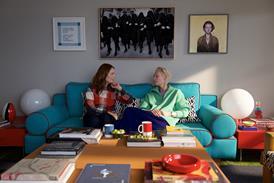









No comments yet